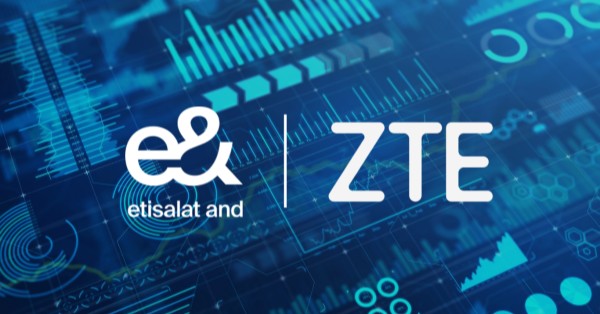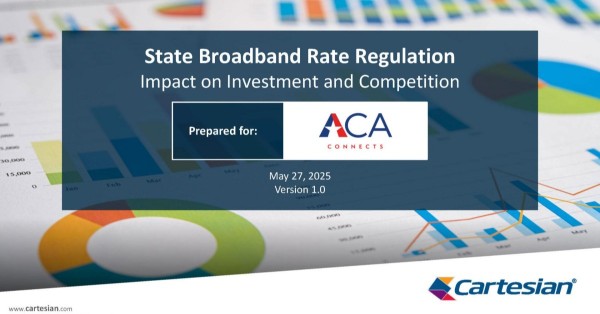In today’s economy and society, access to affordable, reliable broadband internet is no longer a luxury — it is a necessity. Yet tens of millions of Americans, especially in rural, tribal, and low-income urban communities, remain digitally excluded. While broadband deployment has accelerated in recent years, serious disparities persist. Bridging this gap requires comprehensive national strategies focused on digital inclusion, not just infrastructure buildout.
Digital inclusion ensures that all individuals and communities, particularly the most disadvantaged, have access to and can effectively use information and communication technologies. To truly “connect the unconnected,” national efforts must address affordability, access to devices, digital skills, and sustainable infrastructure at the same time.
What Is Digital Inclusion and Why It’s Critical for Broadband Access
Digital inclusion goes far beyond simply building networks. It encompasses the policies, practices, and programs that ensure equitable access and use of technology. The five key elements of digital inclusion typically include:
- Affordable, robust broadband internet service
- Internet-enabled devices (e.g., computers, tablets, smartphones)
- Access to digital literacy training
- Quality technical support
- Applications and content designed to enable and encourage self-sufficiency, participation, and collaboration
Without a focus on digital inclusion, new broadband networks alone cannot guarantee that all Americans will reap the social and economic benefits of connectivity. Closing the divide requires holistic, people-centered strategies that eliminate barriers to adoption and empower communities to thrive in a digital world.
Key National Strategies for Advancing Digital Inclusion
Over the past several years, the United States has developed a more coordinated approach to digital inclusion, driven by federal investments, state leadership, and grassroots innovation. Some of the most impactful national strategies include:
1. How Federal Funding Programs Are Powering Digital Inclusion
The Infrastructure Investment and Jobs Act (IIJA) of 2021 and other federal initiatives have earmarked billions for broadband expansion and digital equity. Key programs include:
- The Broadband Equity, Access, and Deployment (BEAD) Program: $42.45 billion for broadband infrastructure, especially in unserved and underserved areas.
- The Digital Equity Act: $2.75 billion dedicated specifically to digital inclusion planning, capacity building, and project implementation.
- Affordable Connectivity Program (ACP): Helping low-income households access discounted internet service and devices.
Together, these programs represent the largest federal investment in digital inclusion in American history. Importantly, they encourage states to develop comprehensive digital equity plans, ensuring that funding decisions are informed by real community needs — not just connectivity maps, but true accessibility data.
2. State-Level Leadership in Driving Digital Equity
States are increasingly creating dedicated broadband and digital equity offices to drive local implementation. These entities coordinate funding applications, engage with communities, and create statewide digital inclusion strategies.
Successful examples include:
- Texas Broadband Development Office (BDO): Focused on ensuring equitable broadband access across the diverse geography of Texas.
- California Public Utilities Commission’s Digital Equity Initiative: Addressing affordability, device access, and digital skills gaps across the state’s urban and rural communities.
Localized leadership ensures that national priorities are adapted to the unique needs of individual states, counties, and cities — a crucial factor given the diversity of digital challenges across the country.
3. How Public-Private Partnerships Accelerate Broadband Access
Public-private partnerships are emerging as a best practice for delivering on digital inclusion goals. By leveraging private sector expertise and resources alongside public funding and policy leadership, PPPs can:
- Expand network deployment more rapidly
- Increase affordability through innovative business models
- Create digital literacy and training programs targeted at underserved populations
New network models like Fixed Wireless Access (FWA) are also benefiting from these partnerships. FWA offers an agile and cost-effective method to deliver broadband-grade internet services, particularly in rural or geographically challenging areas where traditional fiber deployments are slower or less economically feasible. By combining FWA with strategic Middle Mile fiber investments, PPPs are opening up new possibilities for reaching the last mile.
4. Why Community Engagement Matters for Digital Inclusion
Top-down strategies alone are insufficient. Effective digital inclusion initiatives engage directly with the communities they aim to serve. This involves:
- Conducting community needs assessments
- Building trust through local anchor institutions (e.g., libraries, schools, healthcare centers)
- Tailoring solutions to cultural, linguistic, and socioeconomic contexts
Grassroots organizations like the National Digital Inclusion Alliance (NDIA) have been critical in advocating for community-led approaches that meet people where they are. Communities are not passive recipients — they are partners in shaping meaningful digital inclusion programs.
Broadband Infrastructure Needs to Be Paired With Adoption Efforts
Fiber networks, 5G towers, Middle Mile fiber rings, and FWA deployments are essential to expanding access. However, digital inclusion requires a broader lens. Studies show that even where broadband is available, adoption lags among low-income households, older adults, individuals with disabilities, and communities of color.
Barriers like cost, lack of appropriate devices, insufficient digital literacy skills, and mistrust of technology providers must all be addressed. Without tackling these issues, network investments risk reinforcing — rather than closing — the digital divide.
Moreover, as technologies evolve — with new opportunities in telehealth, remote work, online education, and smart city initiatives — ensuring that all Americans have not just access, but meaningful, usable access, becomes even more urgent.
Future Opportunities for Sustainable Digital Inclusion
The current national moment presents an unprecedented opportunity to build sustainable digital equity frameworks:
- Universal Digital Literacy: Embedding digital skills training across all education levels and workforce development programs.
- Sustainable Affordability Models: Moving beyond one-time subsidies to long-term affordability solutions through open access networks, innovative wireless models like FWA, and competitive market approaches.
- Inclusive Innovation: Designing emerging technologies with accessibility and inclusion as core principles from the outset.
- Data-Driven Decision Making: Using accurate, disaggregated data to guide funding, program design, and evaluation.
Succeeding will require collaboration across government, industry, academia, and civil society. It will also require sustained political will and ongoing community engagement to adapt strategies as technologies and community needs evolve.
From Broadband Access to Community Empowerment
Connecting the unconnected is not just about installing cables or erecting towers; it is about empowering individuals and communities to fully participate in a digital society. National strategies for digital inclusion must focus on both infrastructure and adoption, addressing the economic, educational, and social barriers that keep millions offline.
Whether it’s fiber deep in the ground, a wireless tower on the horizon, or a digital skills workshop at the local library, every element plays a role in shaping a more inclusive future. FWA, fiber, and emerging broadband solutions together must work in harmony to deliver robust, sustainable digital opportunities for every American.





















